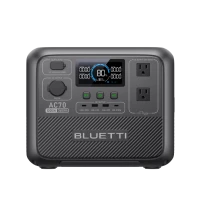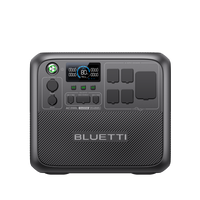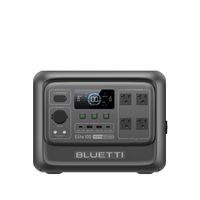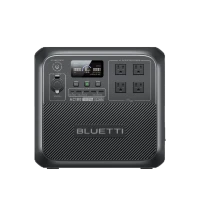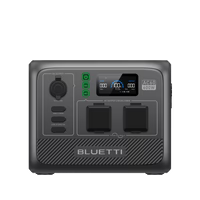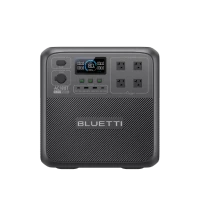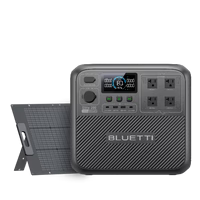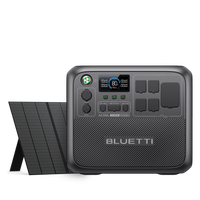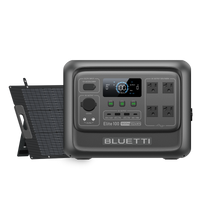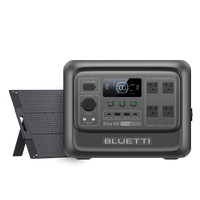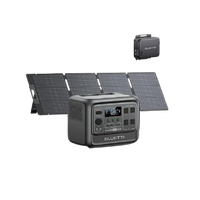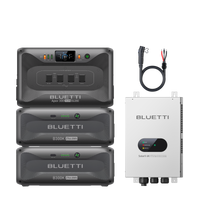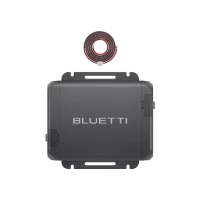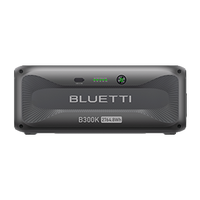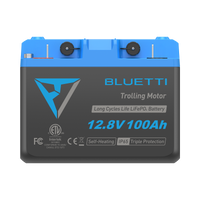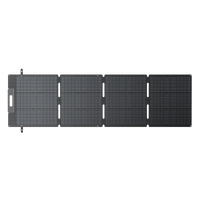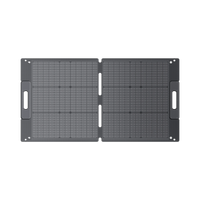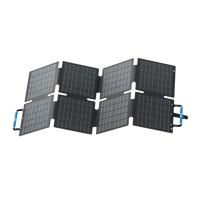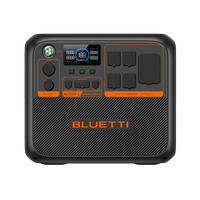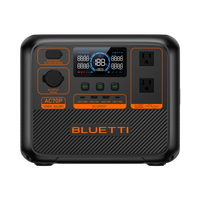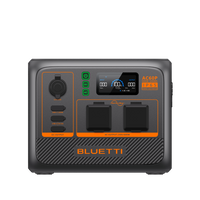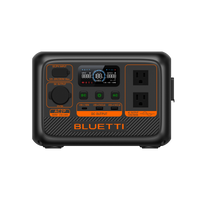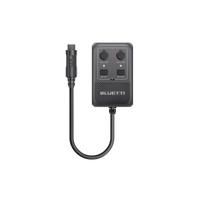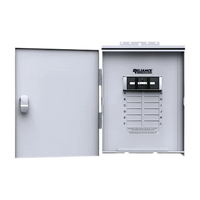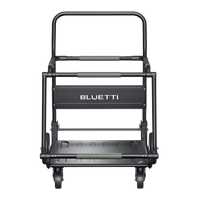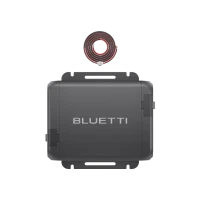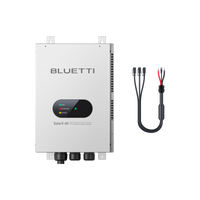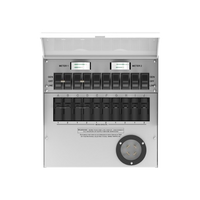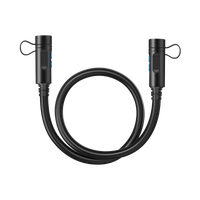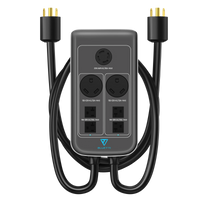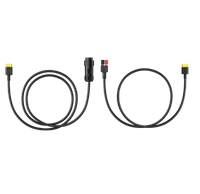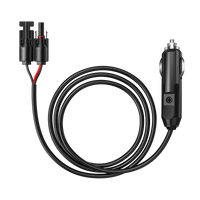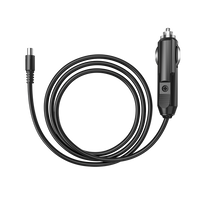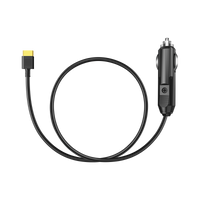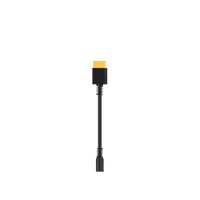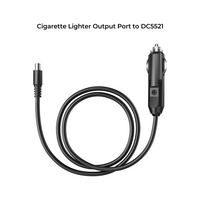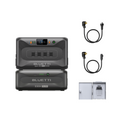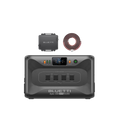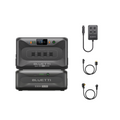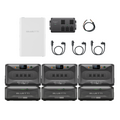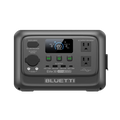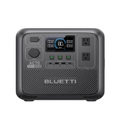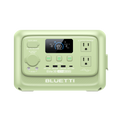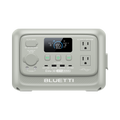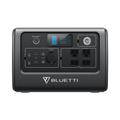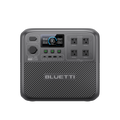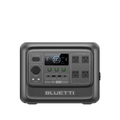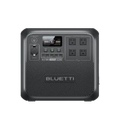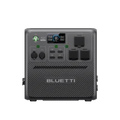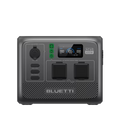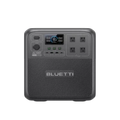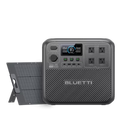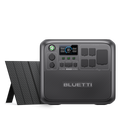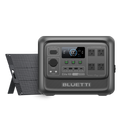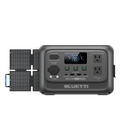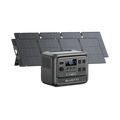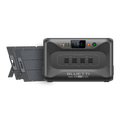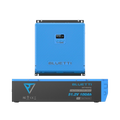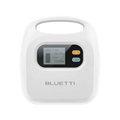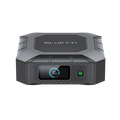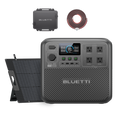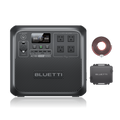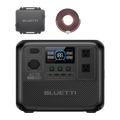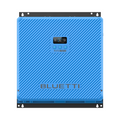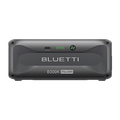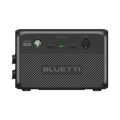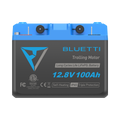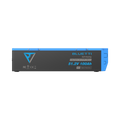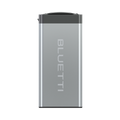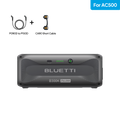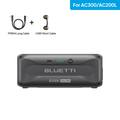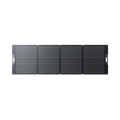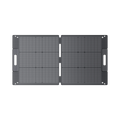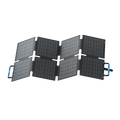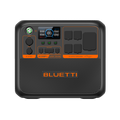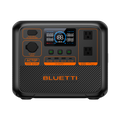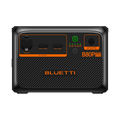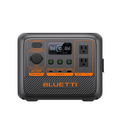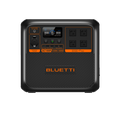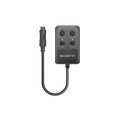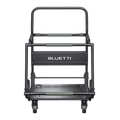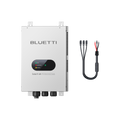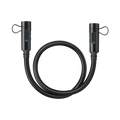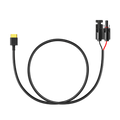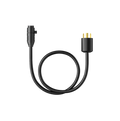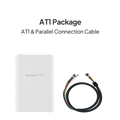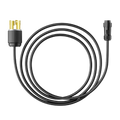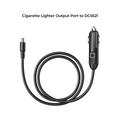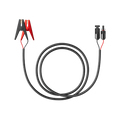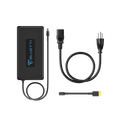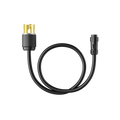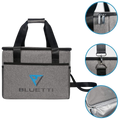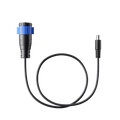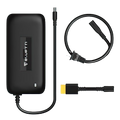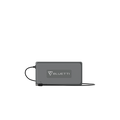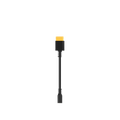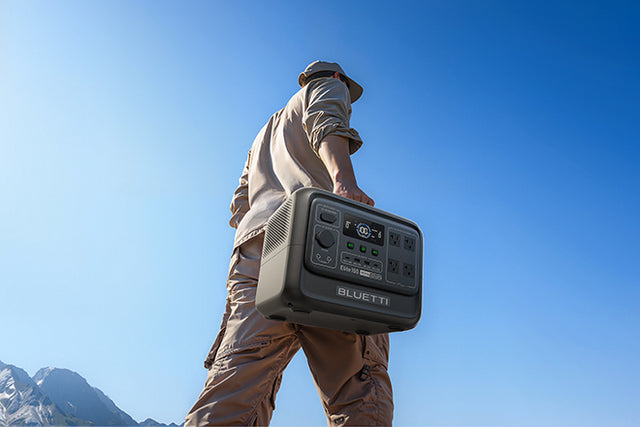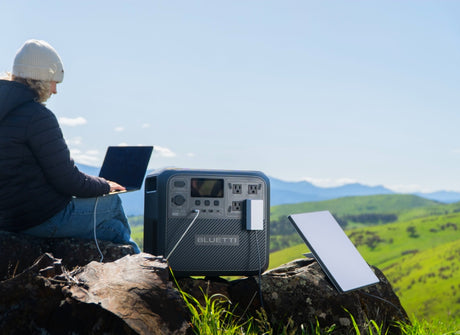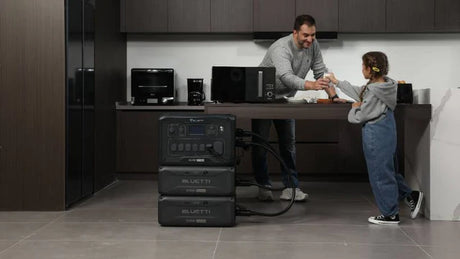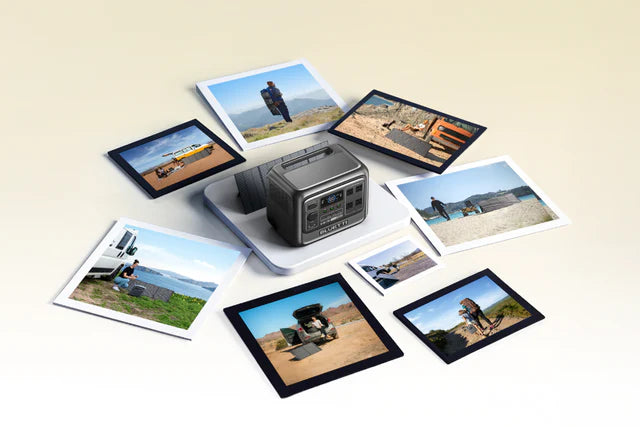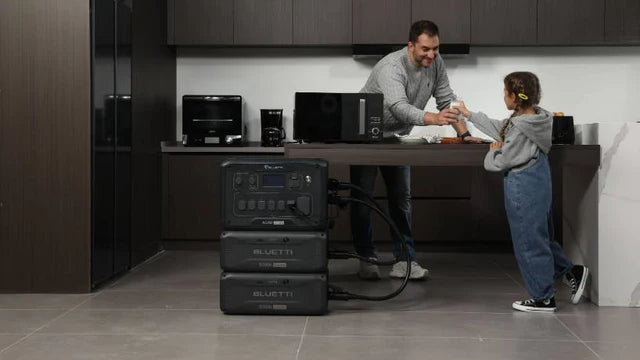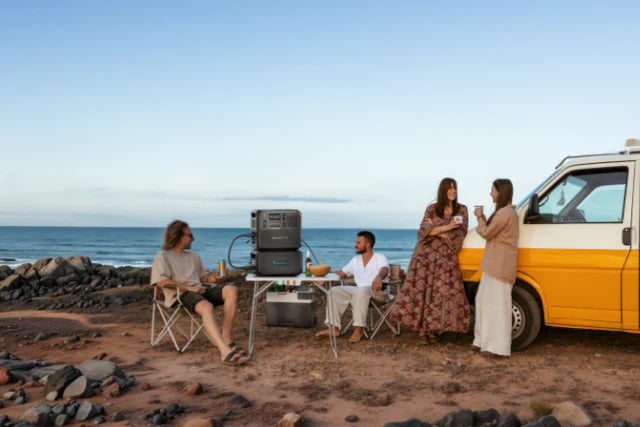Ever thought about making your home more energy-efficient? The Canada Greener Homes Grants were one of those initiatives looking at the federal end of things for such improvements into 2025. Everything from what this guide contains to the who and how of benefiting and claiming prize money when you're already in the program shall be told here.
So, what is this Canada Greener Homes Grant?
The Canada Greener Homes Grant was a program that the federal Canadian government had proposed, and by which individuals in Canada were lured into making their homes less toxic to the environment. So when you have ever wished to conserve energy and actually cozy, climate-resistant homes, then you are right in your guess that it is the program that merely fits you.
The Objectives of the Program
Generally, it had some objectives, the most significant of which was to lessen the consumption of energy in residential homes. The reason that energy efficiency has been regarded beyond just an environmental issue and aimed to generate opportunities in the green economy, and to retrofit with the support of professional retrofitters, lies in the great variation of temperature that damages most of the Canadian homes. Beyond this, it would be within the Canadian climate action plans of promoting clean energy and reducing greenhouse emissions among households.
Over 600,000 retrofit projects were generated through the Canada Greener Homes program; approximately 500,000 Canadians have put in applications, but only an estimated 390,000-400,000 households received their retrofit funds. Helping the homeowners to cover these start-up costs also made it easy for the federal government to institute energy-saving changes in the long run.

Program Duration and Status
The Canada Greener Homes Grant has had a fair share of popularity with its launch in 2021. However, as of numerous budget runs and excessive sensitivity to closures by the start of the year 2024, the applications portal to the federal portal shut to new access into the initiative.. This may apply when you have done your pre-retrofit audit in good time or prepared in advance, you can still install upgrades and get your rebate.
These are mostly localised programs, which follow the original structure and continue to finance green upgrades, but the core program has been closed.
Why It Sticks into 2025
We do not know if reviews have any new applications in the first phase, though there has been a spill-over effect of the Grant. It has already changed the culture, which was bound to the energy-efficient renovation work, raised expectations of a higher quality of buildings, and even consumer demand in regard to green technologies.
Much has been learnt in this program, which is being applied in the creation of new rebate programs at the provincial level, utilities, and other industries. There is no need to mention that, besides the federal entry being closed, there exist other areas that can be exploited in attempts to guarantee that there is a sustainable upgrade.
Who Can Still Be Eligible To Receive The Grant In 2025?
A high number of homeowners do not ask questions about the status of their application when they cannot access the core site on which they can submit such applications. Straighten that out with you.
In case you were applying before the deadline?:
The government accepts all the existing applications that were already submitted prior to the deadline being reached. You are therefore free to carry out the upgrades, schedule/post-completion audit, and reimbursement application, but it is important to do so within the time frames as mandated in the agreement document regarding the processing of such claims.
It won't be possible to apply under the federal program in case you have missed all those deadlines and have not managed to get the auditing or registration process launched. But there are alternatives that will be mentioned later in the article.

Provincial Programs Open
In some provinces, the Greener Homes Grant is under the local model. In Ontario, for example, in partnership with Enbridge Gas, despite some changes in financial support structure, it will still provide energy efficiency rebates in 2025 in the terms of its Home Efficiency Rebate Plus program. Those programs usually follow a format similar to the one of the original federal grant, but are operated locally.
Other provinces, including Quebec and British Columbia, also have their own provincial productions and would be different in qualification. They also may differ in terms of the incentives they offer regarding the type of retrofit, including heat pumps or building envelope enhancement.
The Sites You Can Check Your Eligibility At.
The greatest odds in case of doubts are:
- Now log in to the original Greener Homes portal in case it had an application that existed previously.
- Contact your energy consultant and ask him to provide detailed information on schedules and the activities that follow.
- Enquire with the energy program or the utility company in your province about what is in the market.
- Note that federal or provincial programs that are still cross-selling and new containers are not rejected.
- Eligibility awareness can help in pre-planning to ensure one does not miss the available funding that has not yet been exhausted, although the federal application has expired.
Why It Matters At This Moment
Utility costs are sharply creeping up in 2025, while all the incidents associated with climate only increase and multiply in number. It would be all worthwhile to just go through the hassle of the Greener Homes Grant process if it meant making better performance changes to your house, while also slashing bills at a later date. Each dollar absorbed during the grant turns into one saved dollar in real terms, while also becoming a very strong asset for very long-term future upgrades within the home.
What Does The Grant Cover?
For you who are already in the program, it becomes very critical to spell out difficult criteria. That way, you'll know what the upgrades were covered and why they were important.
Energy Efficiency Retrofits
At the program's heart were a range of home upgrades to enhance energy efficiency, including:
Insulation Improvements
As much as 95% of energy can leak through insulation. Grants provided the upgrade of attic space, exterior walls, basements, and crawl spaces. Whatever your case, whether sealing stagnation in the attic or extending out into basement walls with foam boards, you can expect that increased insulation usually means constant indoor temperature and lower heating bills.

Air Sealing
Drafts around windows and doors where air could be let in or pass out are referred to as air sealing. Typical sealing methods applied were weather stripping, caulking, and foam insulation. Those very little tweaks mostly helped represent your energy profile to others.
Replacement of Doors and Windows
New doors and windows were installed with ENERGY STAR qualifications, and these new windows and doors have helped reduce the heat losses and provide comfortable indoor temperatures during both winter and summer months.
Retrofit of Space Heating / Cooling Systems.
Heat Pump systems: Heat pumps of both air-source and ground-source were also included, especially where they were designed to operate in cold climates, which offered both cooling and heating.
Heat Pumps: It is the other upgrade that was also being touted. The type of water heater to be applied in this case is the type of water heater that operates on a heat pump is economical.
Grow Climate Resiliency
A few of the examples of the items included in the grant were the installation of sump pumps, foundation waterproofing, and battery backups that would help mitigate the impact of climate change on the homeowner. They are constructing homes that are much more resilient to floods and power outages, which are continually getting more frequent throughout Canada.
Documentation Requirements
These conditions required the homeowners to ensure that an upgrade activity by licensed professionals must demand that the products utilized should fulfill the requirements of the eligibility and all the documents, and take pictures must be maintained.

What Retrofits Were Not Qualified?
The Greener Homes Grant had clear rules about what was eligible for grant funding. Exclusions should also be known because they will help you avoid paying for mistakes.
Renovations That Didn't Count
Not all improvements were part of the grant scaffolding. In fact, it was a very narrowly targeted program intended to achieve specific savings that would be measurable. So, excluded from the program are:
- Roof replacements are not associated with insulation upgrades
- Home additions like sunrooms or garages
- Cosmetic modifications such as siding, paint, or interior design
- Equipment used or second-hand
- DIY installations without licensed contractors
There weren't any kinds of measurable savings on energy from such installation, nor could they be assessed by an energy advisor during audits.
Why These Exclusions Existed
All projects would have to qualify under the measurable heading of energy performance for public dollars to be best spent. That meant that the upgrades would only be those that had a measurable impact on energy performance. Installing granite countertops or installing a new kitchen might make your home prettier, but they don't improve its carbon footprint.
Initially, it confuses some homeowners. It seems understandable that a new efficiency-oriented room with higher-efficiency windows would qualify. However, overall, it does disqualify because it increases the total energy load on the home, regardless of how efficient the materials used are.
Tiptoeing Around Eligibility Traps
Uncertain if this upgrade qualifies for the program? Do consult your NRCan-registered energy advisor. They will give you advice on which upgrades are eligible and whether or not a certain product meets grant requirements.
Also, always check the official product list. Only specific performance ratings had to meet certain requirements, such as ENERGY STAR or CSA standards.
Just as important to know what is on the list is what is off the list as well, especially if you'll be spending a few thousand retrofitting your home.
Amount of Grants – What Can You Claim
Let’s see how much you can get from them.
Maximum and Average Total Rebates
Households were given as high as $5,000, but the amount really depends on the retrofitting done and the price and energy savings realised from those retrofits.
Most homeowners, in reality, have received rebates in the range $2,000 to $4,500.

Category-Specific Sample Breakdown
Here's how they split the reimbursable amounts. The prices for heat pumps range from $1,000 to $1,800, depending on the type of heat pump you choose to install.
- Insulation upgrades: $600-$1,800 (depending on area and R-value);
- Seal up to $325 for air leakage;
- Energy Star doors and windows: $125-250 each;
- Smart thermostat: $50-125 (usually as part of a bundle with other work);
- Solar PV up to $5,000, depending on system size.
Not all of the system components were eligible for the rebate: For example, solar panels, inverters, and mounting systems are eligible, but batteries are not unless part of a solar-tying system.
Requirements for maximum refund
Homeowners must complete all of the following steps in order to qualify for the maximum possible rebates:
- Accomplish both audits.
- Only install qualifying products.
- Use only licensed tradespeople.
- Have all required documentation and receipts.
The rebate was meant to supply an all-in-one approach and to ensure everything is done as it should be done. A rebate would be cooler if an item did not necessarily meet the codes or if something was lacking in documentation.
Maximize Your Claim
To reap the maximum benefit from the grant:
- Combine some small things like air sealing + insulation.
- Buy materials with the ENERGY STAR label.
- Check with your energy advisor before doing anything.
- Save every invoice and picture.
Building the claim into the $5,000 ceiling and ensuring all costs are eligible for at least partial reimbursement will get you there.
How It Works (Already In Applicants)
For someone who already has an account, this process would mainly follow the entire cycle in a number of phases, in which grants will come.
Step 1: Pre-retrofit energy audit
The first step will be setting the stage for this home energy audit. The conducting of this audit has to be done by an NRCan-registered energy advisor. They will come into your home, analyze current energy use, and provide you with a list of recommended retrofits.
This is going to be the report needed to go on to be the guide through the entire process, while making the improvements ineligible to be claimed back.

Step 2: Do the Retrofits
This will allow you to complete your upgrades according to the pre-retrofit report just issued. Licensed professionals should be used, and all safety and quality standards must be met.
Also, keep careful records, including:
- Contractor Invoices
- Product Specs and Model Numbers
- Photographs Prior to and After Installation
This can take weeks or months, depending on the size of the project, contractor availability, and how long the products take to arrive.
Step 3: Post-retrofit Energy Audit
You should schedule a second visit with your energy advisor once all renovations are completed.
This post-retrofit audit is essential for verification of the necessary eligible upgrades that were done per their recommendations. After that, the advisor revises your energy score and reports results to NRCan. This gives information on how much energy is now wasted (and thus gives CB verification of rebate eligibility).
Step 4: Apply for Reimbursement
Now both of your audits are completed, and you have all the papers together, ready to apply for reimbursement through the Canada Greener Homes portal.
This submission involves:
- Audit reports
- Receipts
- Contractors details
- Photos and proof of installations
It usually takes 6 to 12 weeks after submission for the review process. All going well, your payment will end up in your account directly.
What Other Rebates Are Still Available?
Apart from the over federal grant just now closed up, there are still opportunities in 2025 that promise to be more opportunities outside rebates.
Oil to Heat Pump Affordability Program
A federal program that accommodates low- to moderate-income homeowners still tied to their oil heating services provides as much as $10,000 towards converting to a cold climate heat pump system.
To qualify, you must be on oil heat with proven income eligibility. It's quite a boon, particularly for homes in rural and Atlantic Canada, where conversions from oil have not yet happened.

Canada Greener Homes Loan
This no-interest loan remains and is not in the form of the original grant. Finance the offer at a level of between 5000 and 40000 dollars, and it can be applied to the retrofit costs.
This is a flexible loan; you can repay over ten years, and none of the interest, and therefore retrofits that involve higher initial costs, like solar or heat pump, become more accessible to households.
Provincial and Utility Rebates
Each province and territory has its own programs. Here are a few examples:
- Ontario: Home Efficiency Rebate Plus (up to $10,000)
- British Columbia: CleanBC Better Homes rebates
- Quebec: Rénoclimat and Chauffez Vert
- Nova Scotia: HomeWarming program
- Alberta: Energy Savings for Business (limited residential coverage)
Usually, the federal programs overlap. In most cases, the terms provide stacking of incentives
How to Find the Right Program
To get rebates that are right for you:
- Check with your province's energy or environment website
- Might include search tools like Natural Resource Canada's "Incentives Database".
- Call your local utility company.
- Book an appointment with an energy advisor. They usually know all the updates.
The Greener Homes Grant might be finished, but that does not mean the journey of your energy retrofit has to end.
A Solar + Battery System Starts Making Total Sense
A solar + battery system is totally needed for several Canadians these days because of the energy freedom and independence that citizens so much desire. Before jumping right into talking about all the reasons this combination of two is just plain cool, let's get straight into it!
What do batteries do?
Simple use of batteries; this does help with some independence from the grid, while allowing for storage. Generate: during daytime or nighttime generation of clean power and still have surplus clean power when there's a blackout, thus not entirely off-grid utility, but mostly. For what, though, batteries for homes would do all the hard work.

Furthermore, unless the utility has a time-of-use billing structure, it offers to cut back on exchanging power with the grid and puts money in your pocket. Instead of drawing power from the grid in peak hours, your storage batteries will be utilising energy generated from solar panels during the day, when it is cheaper to use. Some provinces even have a net metering system, allowing some credit on your electricity bill for the power sent back into the grid. Together, all this empowers energy democracy: reduced cost and enhanced security and resilience.
BLUETTI Apex 300: The Intelligent Storage Solution
The Apex 300 from BLUETTI is a real consumer favorite. This is an extremely serious plug-and-play item for various domestic applications. With about 2,764.8-watt hours of starting capacity, it can really sustain essential power for lights, small electronics, and the charging of energy-hogging appliances to be used post-blackout. It carries a 3840-watt output to the big appliances, such as your furnace blower, sump pump, or electric stove, depending on your configurations.
The Apex 300 might look bulky, but it is user-friendly; it comes with an integrated plug-and-play installation that should allow it to be linked rather easily to the existing solar panels or electrical system. Rooftop solar arrays plug into the system as easily as net metering-linked grid-tied systems, and even the small wind turbines widely in use in rural or remote settings can be made compatible with the system.

Input High-Efficiency Panel BLUETTI SolarX 4K
Okay, of course, any battery would lose its meaning without proper input associated with it. Use the BLUETTI SolarX 4K system. Designed to extract the utmost energy input, this system of panels possesses an incredible. With the ability to deliver up to 6400 watts of solar capacity, it is truly able to rapidly charge the Apex 300 battery even on those unsteady sunlight days. An extremely highly efficient panel system for Canada, being far advanced in sunlight absorption and rapid charge.
However, it depends much on ruggedness. Softness, wind, and even snow are all-weather conditions, and the remaining Canadian conditions will take. Its rugged design and construction ensure that it can be used right throughout the year in Canada, from BC to Ontario to the Maritime Provinces.
Situations of Grant Qualification
What needs to be thought of now is the inclusion of the Greener Homes Grant into this set-up. Only in the case where it is coupled to a solar photovoltaic (PV) system, in this case also being the Apex 300, the battery system could be financed under the terms of the original federal grant. An independent battery would not be considered eligible on the rebate; however a battery would be subsidized on its own price through a larger solar retrofit. This eligibility requirement can be renewed, even though the grant sunset has been reached. As long as your solar battery installation is provided after 2024, make sure that your energy advisor confirms you are eligible.
Energy Planning for Your Energy Future
The solar system would foresee the expansion of more unused funds in the grants at a later time in the time frame to 2025. Nonetheless, a decision in the future to convert energy resources into solar energy was very promising as an investment. Nonetheless, battery storage is likely to become one of the best investments in any energy storage in the future: energy costs are gradually rising in most areas of Canada, and grid interruptions, be it storm, wildfire, or just bad infrastructure, are the nightmare afoot.
FAQs
Can the grant be offered in 2025?
Not anymore. The program will not accept new applications after 2024; therefore, an application submitted after this date will not be eligible under this program, or one that lacks a pre-retrofit audit before this date.
Is the Canada Greener Homes Loan Open?
Yep! Absolutely! It is still open to new applications and offers 40,000 dollars of non-repayable funding for home retrofits. It is an easy step to implement solar, heat pumps, or insulation upgrades that are not bought wholesale.
Are provincial and federal rebates compatible?
Mostly yes. CleanBC, Enbridge HER+, and Rnoclimat can be successfully paired with the federal loans. That is written in the fine print; not all programs allow this, but some do. Discuss with an energy advisor who will provide advice on the correct order of application to avoid overlapping of rejections.
What Are the Documents That I Will Need?
To submit a claim for a rebate under the current available grant, make sure to collect:
- Pre-retrofit and post-retrofit audit reports.
- Receipts and invoices from contractors.
- Pictures of finished works.
- Product model numbers and certifications.
You are on the way to easing your submission of these documents later by going through your documentation ahead of time.







